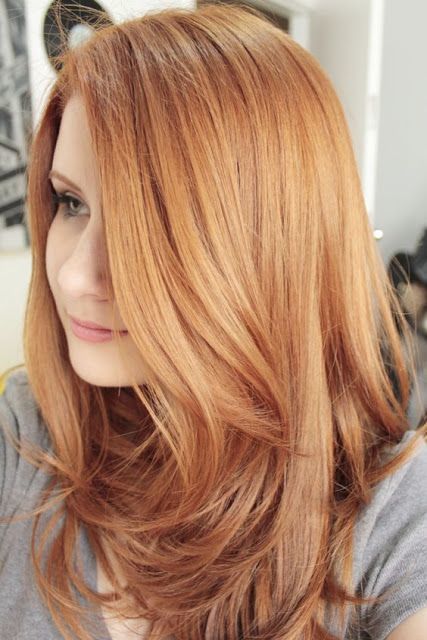Table Of Content

Reverse transcription was performed using a High Capacity cDNA Reverse Transcription Kit (Applied Biosystems, Waltham, MA, USA) according to the manufacturers’ protocol. SYBR Premix Ex Taq (TakaRa Biotech, Tokyo, Japan) and an ABI Prism 7900 Detector System (Applied Biosystems) were used to perform real-time RT-PCR. The expression levels of the housekeeping gene GADPH were assessed as an internal control. The data obtained from the assays were analyzed using SDS 2.3 software (Applied Biosystems). The data that support the findings of this study are available from the corresponding author upon reasonable request. If you choose to use a device at home, a dermatologist can also help you determine what dosage and frequency is best depending on what you're trying to treat, says Lipner.
Solawave Bye Acne: 3-Minute Pimple Spot Treatment
Red light therapy uses light-emitting diodes (LEDs) to treat medical and cosmetic conditions. Naturally, the efficiency of any treatment option greatly depends on the cause of your hair loss. If you are experiencing unexplained hair shedding, it is very important to be diagnosed by a specialist.
Choosing a Device
” the reviewer wrote, explaining they’d been using it for 18 months and it had provided an alternative solution to volumizing shampoos, Nioxin, and Minoxidil. Another customer, who upped their protein intake in addition to using the cap regularly, reported results after about two months of use. “I even bought a couple of hair pieces to wear before this, but now I won’t be needing them anymore, which is so liberating!
Human hair follicle organ dissection and culture
The key to getting the results of red light therapy is consistent use. Until recently, the only red light therapy devices available were those in clinics or spas, often at exorbitant prices. However, there are now a variety of treatment machines on the market that you can use at home and not spend a fortune on. With it, you will be able to focus on targeted areas and improve your health and well-being. Alopecia areata is an autoimmune disease that causes patchy hair loss on the scalp and other body parts. The exact cause of alopecia areata is unknown, but it is thought to be related to a combination of genetic and environmental factors.

New hair is made in the hair matrix at the base of the hair follicle. These cells rapidly dehydrate, die, and compact into a dense, hard mass that forms the hair shaft. The hair shaft, which is made up of dead protein, is covered by a delicate covering (cuticle) composed of platelike scales.
Expert reveals how redlight therapy reduces risk of sunburn, wrinkles, hair loss - Bona Magazine
Expert reveals how redlight therapy reduces risk of sunburn, wrinkles, hair loss.
Posted: Sun, 28 Apr 2024 14:01:55 GMT [source]
With a 6-month money back guarantee, users can anticipate visible hair improvement within 3 to 6 months. But it’s important to think realistically about how often you can use the device and how much time you can commit since consistent use is the most important factor in seeing results. It is always important to talk with your healthcare provider before starting any new health regimen. This is especially true for people who are pregnant or breastfeeding.
Side effects of red light therapy
Hair growth is regulated by male hormones (androgens, such as testosterone and dihydrotestosterone), which are present in both men and women but in different amounts. Dihydrotestosterone stimulates hair growth in the beard area and hair loss at the scalp. These follicles are located in the dermis, which is the skin layer between the epidermis (the surface layer) and the fat layer (also called the subcutaneous layer). Hair follicles are present everywhere on the skin except the lips, palms of the hands, and soles of the feet.
In the crown area, the corresponding percentage was 64.9% for women and 120.1% for men. Below are three types of hair loss and how red light therapy can help. To date, there’s a lot of ongoing research, publication of small studies and a much discussion on the internet about the effectiveness of red light therapy for all types of health uses. Results of some studies do show some promise, but the full effectiveness of red light therapy has yet to be determined. As a result, whom you need to speak to about red light therapy depends on what you’re looking to treat. A good start, however, would be a dermatologist or integrative/functional medical doctor with experience using red light.
Too much light may damage skin tissue, but too little might not work as well. Red light therapy is non-invasive, non-toxic and generally safe when used as directed — but there are potential risks and downsides to consider, says King. Effectiveness may also vary depending on the device, dosage and frequency of use.
Red light therapy is a treatment that uses red or near-infrared light to treat both cosmetic and medical conditions. It may improve skin-related concerns like acne, scars, and wrinkles and might be helpful for conditions unrelated to the skin as well, like dental pain and inflammatory conditions. However, more research is needed to determine if red light therapy is a safe and effective treatment option. In fact, red light therapy is already widely medically accepted in its use in photodynamic therapy. In this therapy, low-power red laser light is used to activate a photosensitizer drug.
Red light therapy may be beneficial when it comes to improved skin appearance, wound healing and pain management, according to current research. For instance, those with underlying health conditions or on certain medications might need to take extra precautions. Red light therapy might have some benefits, but it’s not right for everyone and may not work for everyone, depending on what condition they’re trying to treat.
Red light therapy, or low-level laser therapy (LLLT), boosts cellular activity in hair follicles. Its wavelengths penetrate the scalp, absorbed by mitochondria, the cell's energy centers. This sparks a chain reaction, elevating ATP production, fueling cellular functions, and enhancing scalp blood flow, resulting in thicker strands. Moreover, it can mitigate inflammation and oxidative stress, bolstering follicle health and fostering hair growth. Red light therapy stands as a beacon of hope for individuals seeking natural and effective solutions to hair loss. Its ability to stimulate cellular activity, improve blood circulation, and reduce inflammation offers a holistic approach to promoting hair growth and enhancing follicle health.














